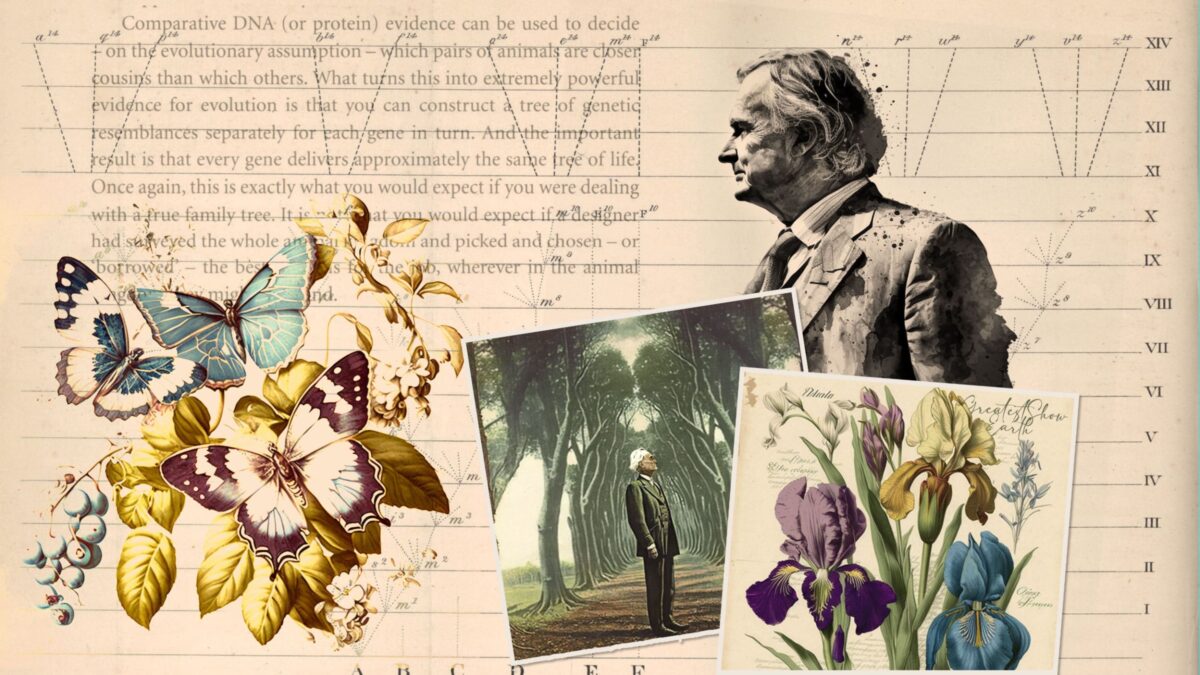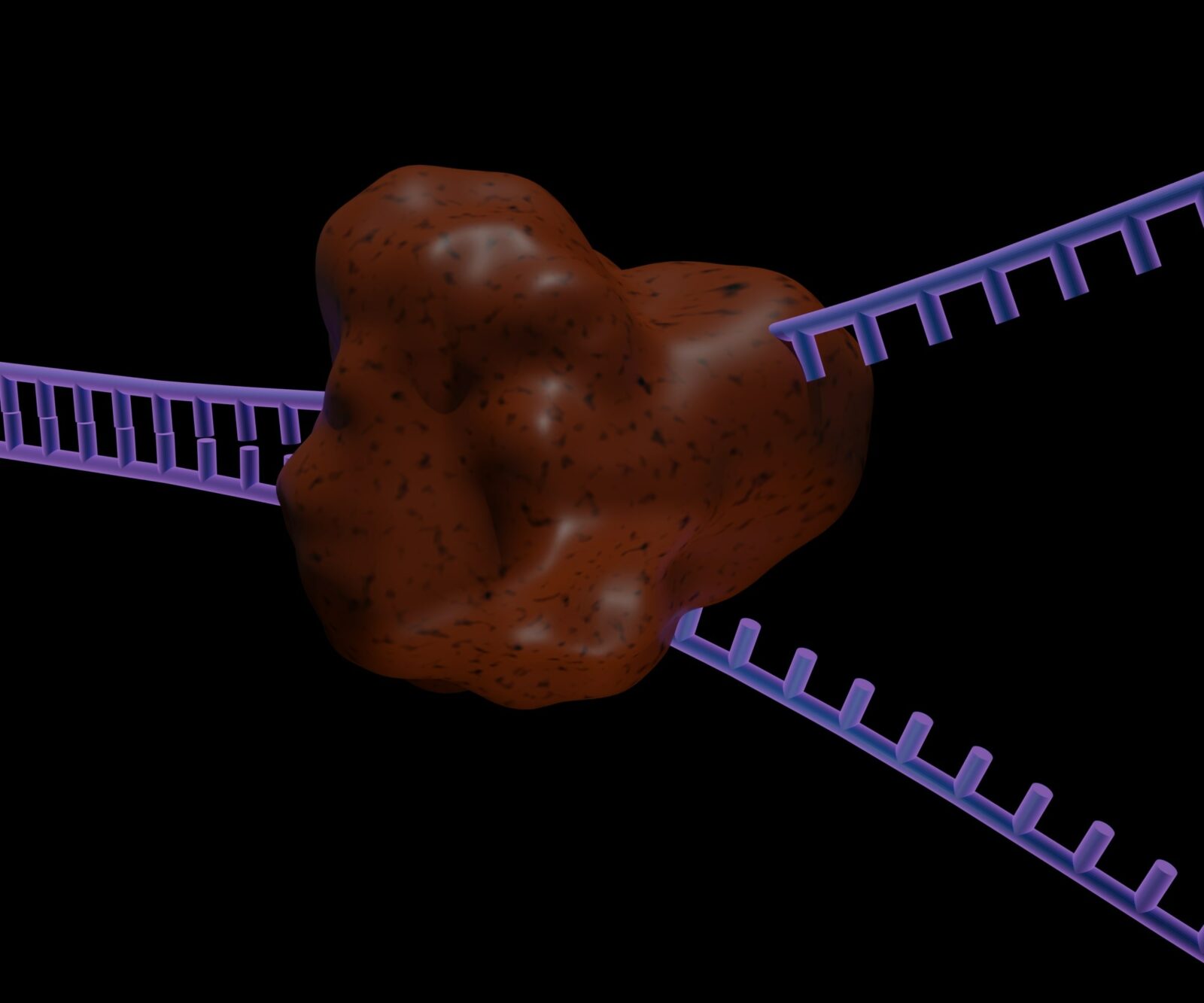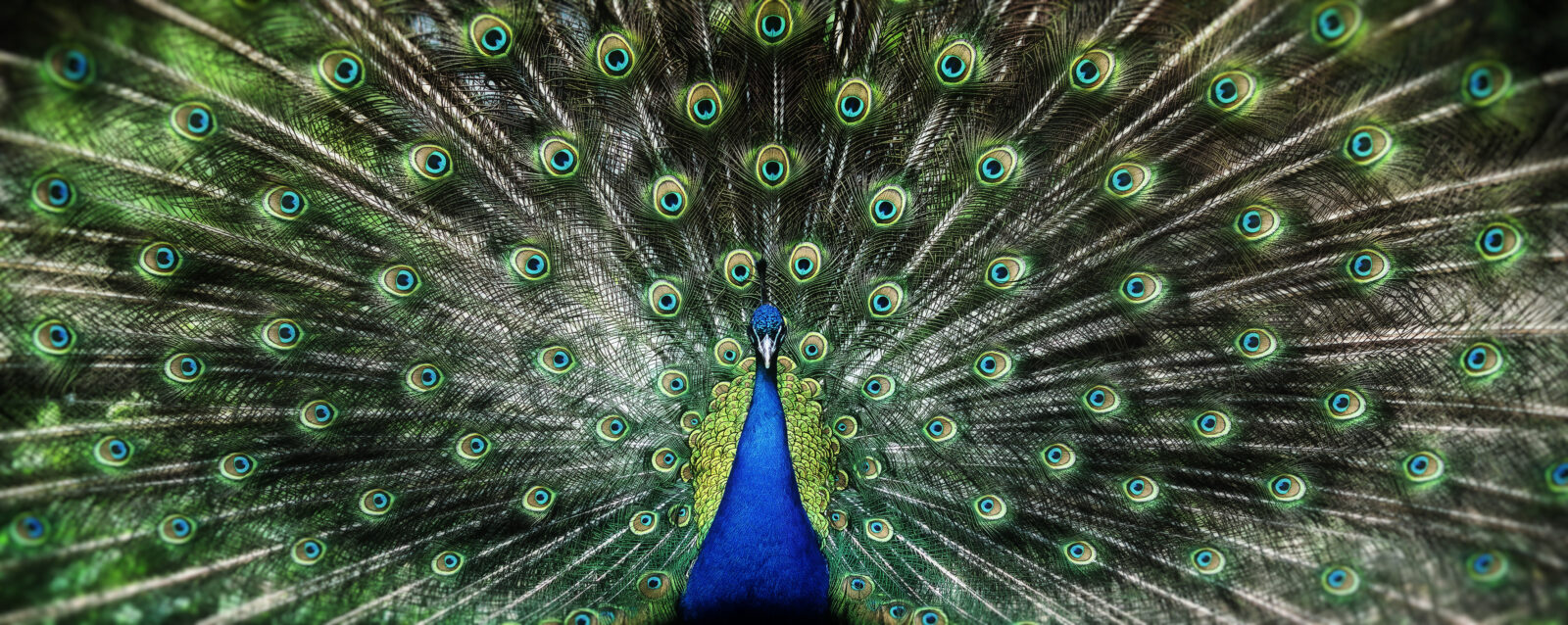


James Tour: Primordial Soup Bluffing Goes Right to the Top

James Tour: A Flyover of the Challenges Facing Abiogenesis

The Dawkins Test Returns an Answer: Intelligent Design
In 2009 atheist biologist Richard Dawkins offered a scientific test to decide between Darwinian evolution and intelligent design (ID). The results are in, and as guest Casey Luskin explains on this ID the Future, the evidence has broken strongly in favor of intelligent design. At the time Dawkins presented the test, he was confident that comparative DNA evidence supported Darwin’s tree of life and its idea of universal common ancestry. He made the point in his 2009 book The Greatest Show on Earth and in two interviews. As he put it, “The single most convincing fact or observation you could point to” in favor of Darwinian evolution over against ID “would be the pattern of resemblances that you see when Read More ›

Jonathan McLatchie on Classic Examples of Irreducibly Complex Systems

Michael Keas on Kepler, the Book of Nature, and the Language of Mathematics

Could Blind Forces Build a Self-Replicating Molecule?
On today’s ID the Future, scientist and Stairway to Life co-author Rob Stadler and host Eric Anderson examine a recent PNAS paper on origin of life, “An RNA Polymerase Ribozyme that Synthesizes Its Own Ancestor.” A superficial look at the paper—and the paper’s title in particular—might give the impression that the laboratory findings behind the paper render the blind evolution of the first self-replicating biological system appreciably more plausible. Not so fast, says Stadler. Listen in as he and Anderson highlight various ways the laboratory work in question is wildly unrealistic. And for a video exploring the many problems involved in blindly evolving the first self-replicator, check out a new Long Story Short animated YouTube video, created with input from Read More ›

God’s Grandeur: Ann Gauger on Beauty, Intelligibility, and Human Uniqueness

Jonathan Wells On Intelligent Design and Scientific Revolutions

This Sandgrouse Just Took the Royal Society to Design School
Today’s ID the Future takes a look at how scientists from MIT and Johns Hopkins University are picking up clever engineering tricks by studying the feather design of the Namaqua sandgrouse. Ordinary bird feathers are already a master class in ingenious design, but as Jochen Mueller and Lorna Gibson show in a recent Royal Society Interface paper, the males of this desert-dwelling sandgrouse from southwestern Africa “have specially adapted feathers on their bellies that hold water, even during flight, allowing the birds to transport water back to the chicks at the nest.” Episode guest Brian Miller details the ingenious design of these feathers and tells how they are inspiring human inventions, one of which could help desert communities collect water Read More ›